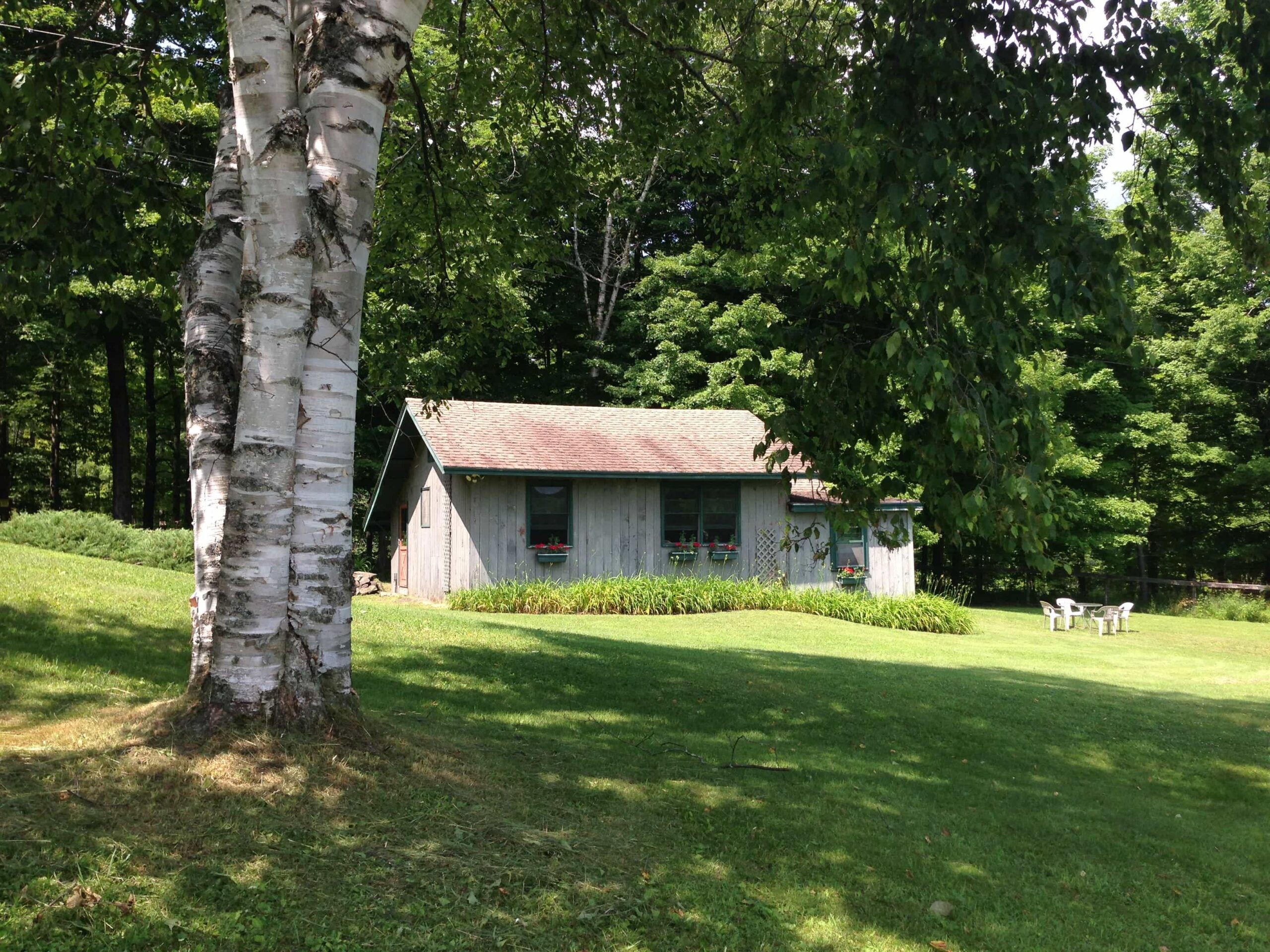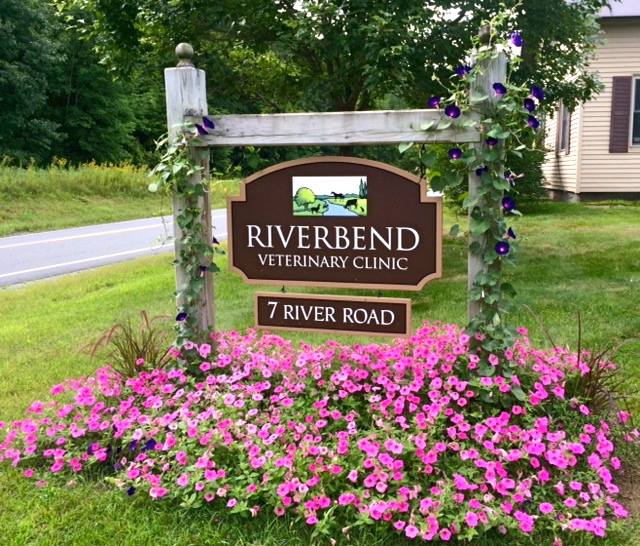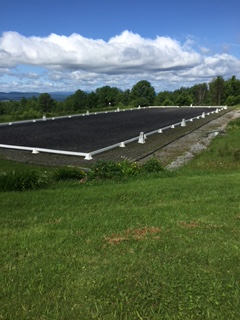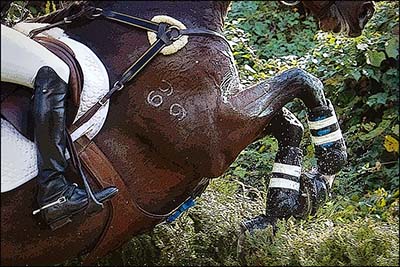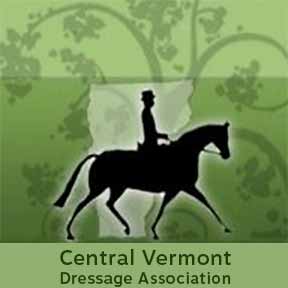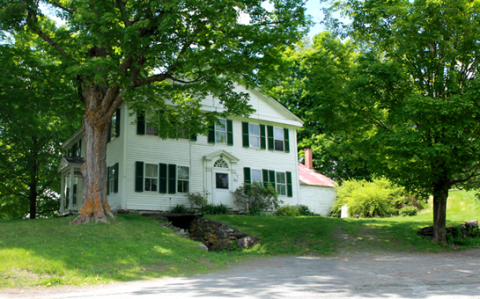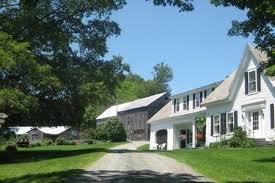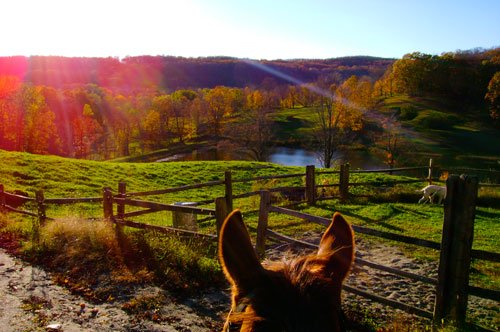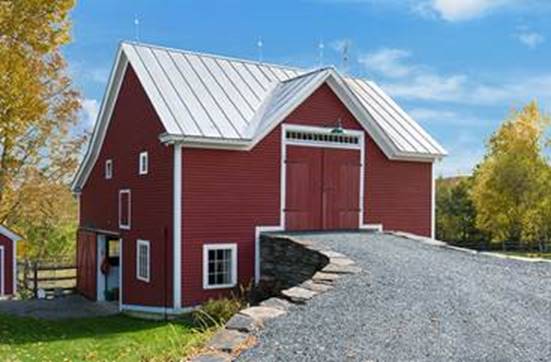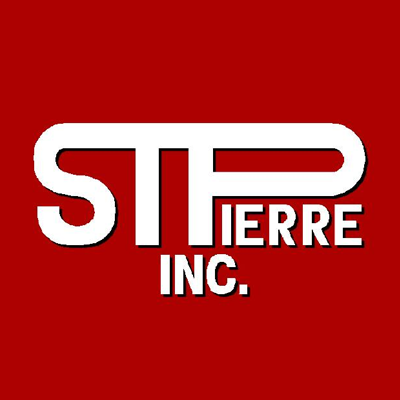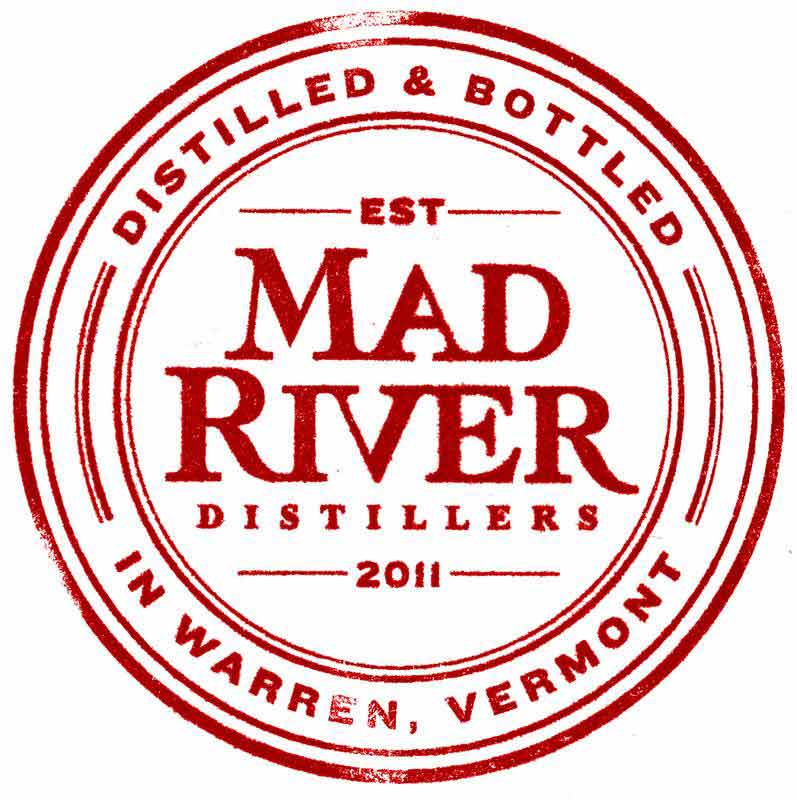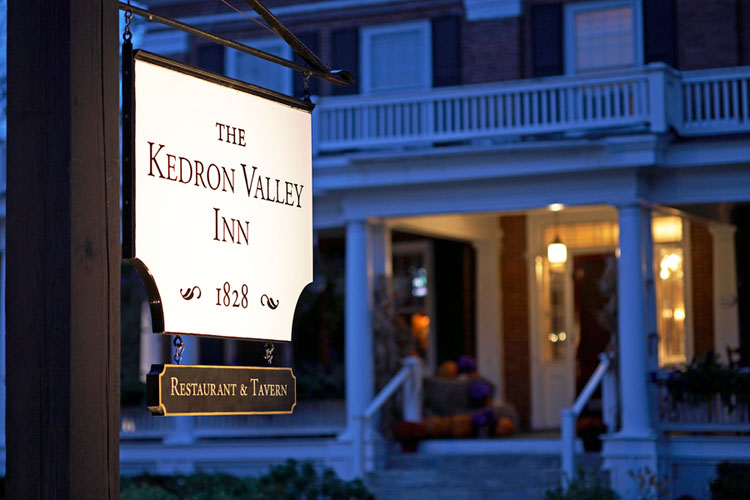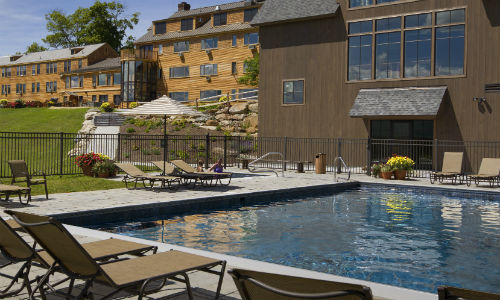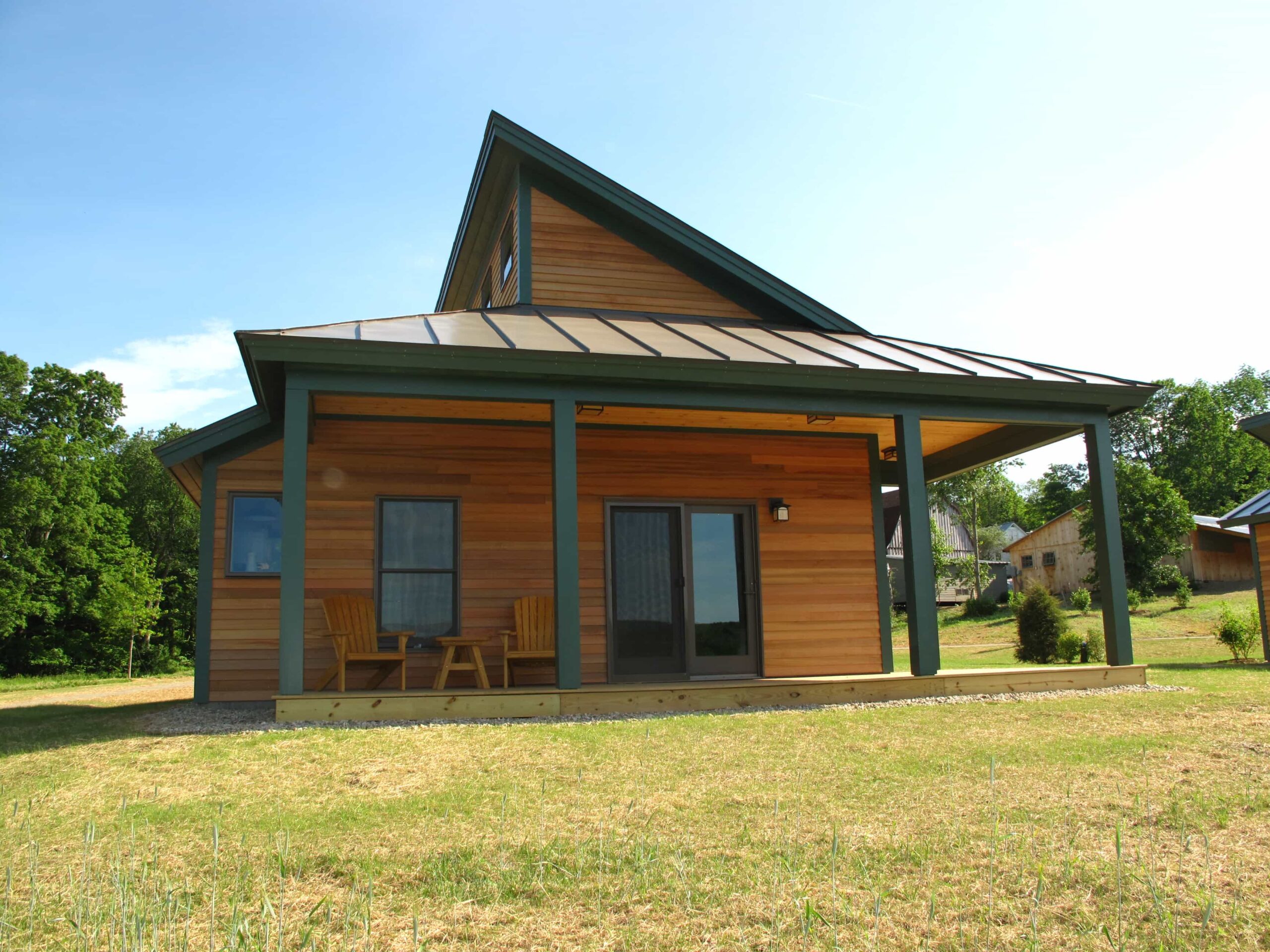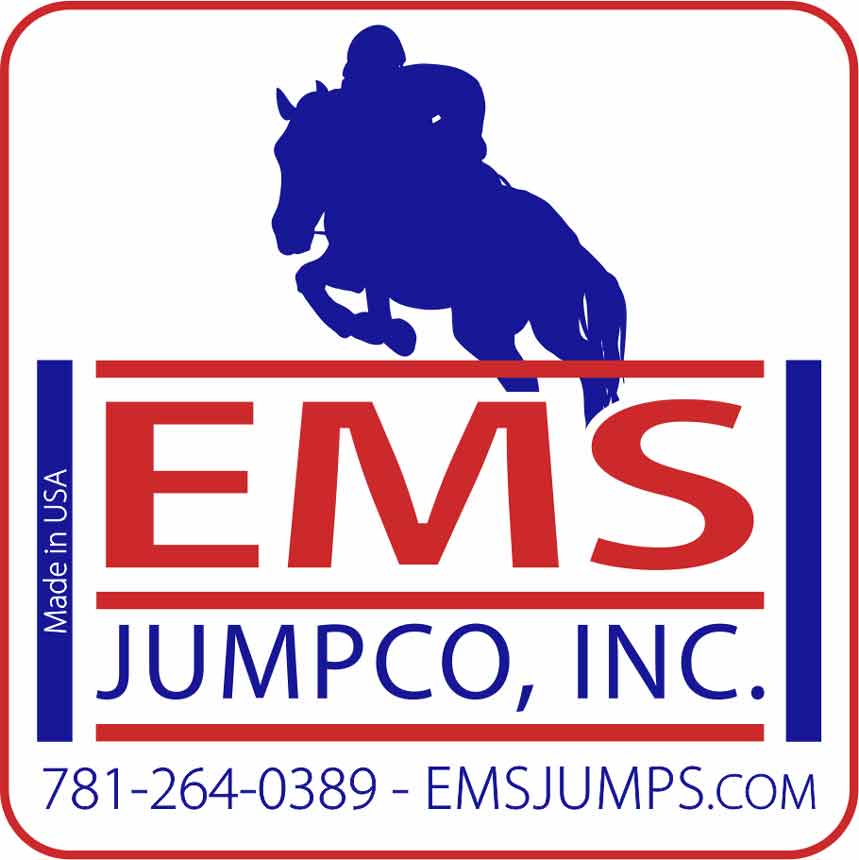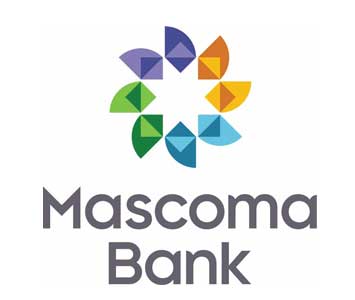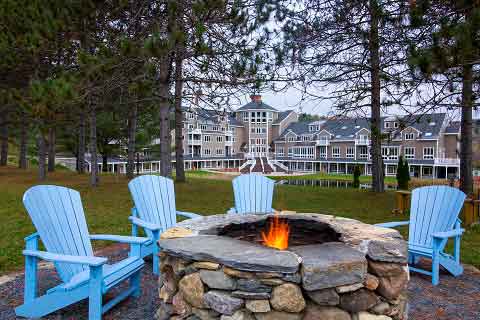 GMHA was founded in 1926 when a small group of riders wanted to promote the use of horses, provide facilities for horse shows and activities, and develop and maintain bridle trails in Vermont.
GMHA was founded in 1926 when a small group of riders wanted to promote the use of horses, provide facilities for horse shows and activities, and develop and maintain bridle trails in Vermont.
From 1926-1936, GMHA’s focus was directed toward its annual horse show, and on marking a growing network of trails. In 1927, a two-day, 60-mile competitive trail ride was included, and the list of GMHA’s activities has continued to grow as time has passed.
View an overview of GMHA today or learn more about our facility.
GMHA has held a significant place in the development of horse sports in the United States. The following are just a few of our notable milestones:
- 1926: GMHA founded (GMHA is now the nation’s oldest continuously operating horse association)
- 1935: The first multi-day (80-mile) trail ride. It has evolved into our current 100-Mile Ride.
- 1950: The current GMHA facility in South Woodstock, VT, is purchased.
- 1957: The GMHA Horse Trials were one of the first to be held in the US since the US Cavalry Team competed in the 1948 Olympics.
- 1957: The first year of the annual Junior Horsemanship Clinic.
- 1972: GMHA Dressage Days Competition begins as a preliminary to the August Horse Trials.
GMHA through the Years
 GMHA currently hosts equestrian competitions in five different disciplines, all of which have a long history with the organization. Even our youngest discipline is over forty years old!
GMHA currently hosts equestrian competitions in five different disciplines, all of which have a long history with the organization. Even our youngest discipline is over forty years old!
GMHA began in 1926 as a small organization rallying around a struggling horse show and with an interest in preserving and marking trails. From there, GMHA transformed, developing its own facility, with activities that grew to include more specialized interests like eventing, dressage, and driving.
Read on to learn more about our history:
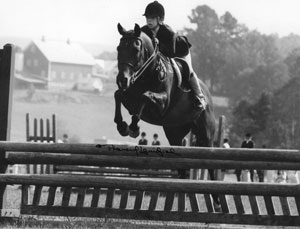 In 1926, the annual Horse Show in Rutland was struggling for entries. A group of interested horse people rallied to make the show a success, and soon after formed the Green Mountain Horse Association. From 1926 until 1936, GMHA’s only activities were running the annual Horse Show, and marking bridle trails. In 1929, the Horse Show moved from the Rutland Fairgrounds to the Windsor County Fair in Woodstock. At the fair’s conclusion, the show moved to Upwey Farms to the famous Upwey Oval in 1932 and became known as the Woodstock Horse Show. Prize lists showed a wide variety of class offerings at that time – including hunters, jumpers, equitation, breed classes and carriage driving classes.
In 1926, the annual Horse Show in Rutland was struggling for entries. A group of interested horse people rallied to make the show a success, and soon after formed the Green Mountain Horse Association. From 1926 until 1936, GMHA’s only activities were running the annual Horse Show, and marking bridle trails. In 1929, the Horse Show moved from the Rutland Fairgrounds to the Windsor County Fair in Woodstock. At the fair’s conclusion, the show moved to Upwey Farms to the famous Upwey Oval in 1932 and became known as the Woodstock Horse Show. Prize lists showed a wide variety of class offerings at that time – including hunters, jumpers, equitation, breed classes and carriage driving classes.
After a hiatus during World War II, the Horse Show resumed at Upwey Farms. The show was well attended, and spread to a three day competition. In 1956, GMHA hosted the show for the first time entirely under its own auspices, having purchased the initial plot of land in South Woodstock and moved its headquarters. 167 horses entered, marking the largest field in any Vermont horse show to date. The show was held in what is now the White Ring. In 1961, the 13th Annual Woodstock Horse Show was held to benefit the GMHA building fund, aimed to expand upon the 100 box stalls already located on the grounds. In the 1970s, several other disciplines (mainly dressage and driving) split off and began holding their own competitions, allowing the Horse Show to expand its jumping class offerings. GMHA’s calendar of events grew to include a second recognized show in the early 1980’s. GMHA hosted two recognized horse shows for several years; a low-key two day show in June intended to prep riders for the competition season, and the higher level three day show held in August.
GMHA’s horse shows ran continuously throughout the 1990s, while organizers experimented with a variety of show formats, rating levels, and dates. The three day show eventually moved to July, and the Spring Show moved to May and became a sanctioned two day show. GMHA added a third recognized show to the line up in 2006, and all three shows currently enjoy strong participation.
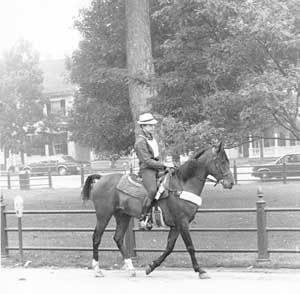 It is a well known fact that GMHA’s roots are firmly entrenched in our trails. At GMHA’s creation in 1926, a major part of the mission was devoted to preserving and maintaining Vermont’s bridle trails. Shortly after in 1928, GMHA hosted its first two day 60-Mile trail ride in Brandon, Vermont. That year also saw the first miles established towards the early goal of 1,000 miles of bridle trails from Massachusetts to Canada. GMHA’s trail ride activities moved to the Woodstock Inn Stables in 1935, when they began in earnest with two years of 80-Mile rides. The ride grew to an even 100 miles in 1937, boasting 22 starters and 19 finishers. A “B” ride was created, which allowed riders to follow the same route at a slower pace.
It is a well known fact that GMHA’s roots are firmly entrenched in our trails. At GMHA’s creation in 1926, a major part of the mission was devoted to preserving and maintaining Vermont’s bridle trails. Shortly after in 1928, GMHA hosted its first two day 60-Mile trail ride in Brandon, Vermont. That year also saw the first miles established towards the early goal of 1,000 miles of bridle trails from Massachusetts to Canada. GMHA’s trail ride activities moved to the Woodstock Inn Stables in 1935, when they began in earnest with two years of 80-Mile rides. The ride grew to an even 100 miles in 1937, boasting 22 starters and 19 finishers. A “B” ride was created, which allowed riders to follow the same route at a slower pace.
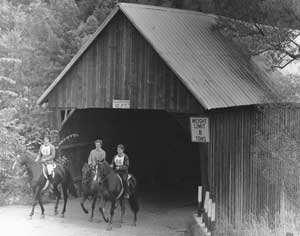 The 100-Mile was the only GMHA activity to continue through World War II. The ride continued to start from the Woodstock Inn and finish at the show ring at Upwey Farms. Pleasure rides joined the GMHA schedule (primarily on holiday weekends) following the War. Memorial Day and 4 th of July rides began to take place, in addition to the 100-Mile, traditionally held on Labor Day weekend. Early rides were based either at the Woodstock Inn or Upwey Farms (now the Upwey Barn). When the current GMHA grounds were purchased in 1950, some of the horses were stabled at the new barns, which allowed more riders to compete. In 1952, the first Fall Foliage rides started from the new grounds, drawing hundreds of people and horses. The 100-Mile followed suit and moved to the new grounds in 1962. GMHA’s pleasure rides continue in a very similar fashion, and even on very similar dates to this day. Competitive Trail Riding continued to grow as a sport, with rides offered across the country.
The 100-Mile was the only GMHA activity to continue through World War II. The ride continued to start from the Woodstock Inn and finish at the show ring at Upwey Farms. Pleasure rides joined the GMHA schedule (primarily on holiday weekends) following the War. Memorial Day and 4 th of July rides began to take place, in addition to the 100-Mile, traditionally held on Labor Day weekend. Early rides were based either at the Woodstock Inn or Upwey Farms (now the Upwey Barn). When the current GMHA grounds were purchased in 1950, some of the horses were stabled at the new barns, which allowed more riders to compete. In 1952, the first Fall Foliage rides started from the new grounds, drawing hundreds of people and horses. The 100-Mile followed suit and moved to the new grounds in 1962. GMHA’s pleasure rides continue in a very similar fashion, and even on very similar dates to this day. Competitive Trail Riding continued to grow as a sport, with rides offered across the country.
GMHA began adopting shorter distances for rides in the 1950s and ’60s, holding many variations throughout the years. The Eastern Competitive Trail Riding Association was founded in 1970, and GMHA’s rides were some of the first to be sanctioned. GMHA’s first Endurance Ride was held in 1999, and the Pan American Endurance Championships were held at GMHA in 2001, marking GMHA’s first FEI competition. Many of GMHA’s longtime competitors have gone on to great success in distance riding, including Steve and Dinah Rojek, Heather Hoyns, Robin Groves, Connie Walker, and Maggie Price. GMHA offers some of the best trails in the world, and continues to draw people by the hundreds to enjoy them, for pleasure or competition. An entire equestrian community continues to grow and thrive surrounding the trails system, with many enthusiasts moving to the area to enjoy them.
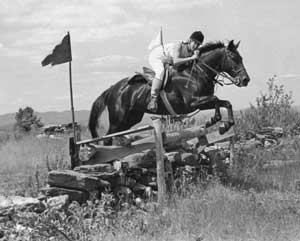 GMHA holds a unique place in eventing’s history as one of its founders in both competition and education. GMHA’s trustees and members began to ponder whether its facility was being used to its full advantage in the mid-1950s. The organization was hosting several trail rides, and the Horse Show, but sat empty for much of the summer season. In part to remedy this problem, and to promote education, the first Horsemanship Clinic was held at GMHA in 1956. In 1957, GMHA hosted another Horsemanship clinic focused on Combined Training, as well as the first Horse Trials to take place in the US since calvary team competition. The Upper Valley Pony Club formed soon after, and it became clear that eventing was here to stay. “An important step forward in this country was taken with the Green Mountain Horse Association’s first Horsemanship Clinic, both for the standard of effective riding in general and for Combined Training.” —Chronicle of the Horse, 1957
GMHA holds a unique place in eventing’s history as one of its founders in both competition and education. GMHA’s trustees and members began to ponder whether its facility was being used to its full advantage in the mid-1950s. The organization was hosting several trail rides, and the Horse Show, but sat empty for much of the summer season. In part to remedy this problem, and to promote education, the first Horsemanship Clinic was held at GMHA in 1956. In 1957, GMHA hosted another Horsemanship clinic focused on Combined Training, as well as the first Horse Trials to take place in the US since calvary team competition. The Upper Valley Pony Club formed soon after, and it became clear that eventing was here to stay. “An important step forward in this country was taken with the Green Mountain Horse Association’s first Horsemanship Clinic, both for the standard of effective riding in general and for Combined Training.” —Chronicle of the Horse, 1957
GMHA’s horse trials preceded the creation of the national eventing organization, the United States Combined Training Association, which formed in 1959. GMHA’s Horse Trials and Pony Club Clinic (now the Junior Horsemanship Clinic) continued to grow in popularity, and in turn, produced some of the top riders in the sport. The GMHA Magazine proudly announced the accomplishments of members Denny Emerson, Beth Perkins, and Lana Wright as their Olympic dreams came true in the 1960-70s. GMHA pushes for the inclusion of juniors in the sport by hosting a variety of educational horse trials, and continuing the strong basis in horsemanship taught by the Upper Valley Pony Club and its contemporaries.
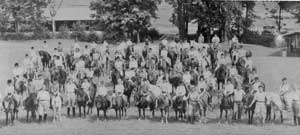 The sport of eventing grew across the country, as well as at GMHA. GMHA continued to add eventing activities to the calendar, and by the 1980s had two Horse Trials on the calendar in addition to the Pony Club Clinic and a number of educational events. In 1998, even a third Horse Trials was added to the GMHA calendar for June. In keeping with tradition, the August Horse Trials, which has run for 40 years, caters to more seasoned, advanced riders, with the September and June Trials aiming to educate and bring along lower level competitors, while maintaining the standards of the levels. Major investments are made in the cross-country course in 1994 and again in 2011, drawing rave reviews from riders and officials, and setting GMHA on par with many of the country’s top events. GMHA now has over 50 years of eventing under its belt and the sport continues to thrive. Top riders continue to spend time at GMHA, as competitors, clinicians, and officials, many of whom grew up riding in the Pony Club Clinics.
The sport of eventing grew across the country, as well as at GMHA. GMHA continued to add eventing activities to the calendar, and by the 1980s had two Horse Trials on the calendar in addition to the Pony Club Clinic and a number of educational events. In 1998, even a third Horse Trials was added to the GMHA calendar for June. In keeping with tradition, the August Horse Trials, which has run for 40 years, caters to more seasoned, advanced riders, with the September and June Trials aiming to educate and bring along lower level competitors, while maintaining the standards of the levels. Major investments are made in the cross-country course in 1994 and again in 2011, drawing rave reviews from riders and officials, and setting GMHA on par with many of the country’s top events. GMHA now has over 50 years of eventing under its belt and the sport continues to thrive. Top riders continue to spend time at GMHA, as competitors, clinicians, and officials, many of whom grew up riding in the Pony Club Clinics.
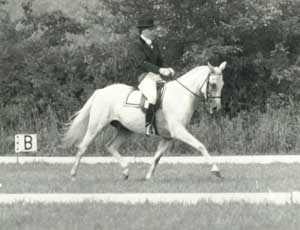 Dressage began at GMHA in conjunction with two other established events- the Horse Trials, and the Woodstock Horse Show. The first Horse Trials was held in 1957, and as such the first dressage rides down center line took place at GMHA. Dressage classes were also held during the Woodstock Horse Show, and by 1964, an entire day of the show was devoted to dressage classes. Also during the 1960s, the Pony Club sporadically held dressage schooling days prior to the Horse Trials and Educational Horse Trials, as a way for its members to perfect their rides before the main eventing competition. The first official Dressage Day show was held in 1972. This show differed from other glimpses of the sport at GMHA as it was officially a show in and of itself, and was recognized by the AHSA (American Horse Show Association, the precursor to the United States Equestrian Federation).
Dressage began at GMHA in conjunction with two other established events- the Horse Trials, and the Woodstock Horse Show. The first Horse Trials was held in 1957, and as such the first dressage rides down center line took place at GMHA. Dressage classes were also held during the Woodstock Horse Show, and by 1964, an entire day of the show was devoted to dressage classes. Also during the 1960s, the Pony Club sporadically held dressage schooling days prior to the Horse Trials and Educational Horse Trials, as a way for its members to perfect their rides before the main eventing competition. The first official Dressage Day show was held in 1972. This show differed from other glimpses of the sport at GMHA as it was officially a show in and of itself, and was recognized by the AHSA (American Horse Show Association, the precursor to the United States Equestrian Federation).
The first Dressage Day (yes, only one day) was sponsored by the Pony Club, and offered Training Level through Grand Prix competition, with judges Jessica Ransenhousen, Lockie Richards, and Thomas Poulin presiding. In the years that followed, the event drew some of the top riders from New England and beyond. Well known dressage riders and officials such as Lendon Gray, Jane Savoie, Michael Poulin, Anne Gribbons, and Carol Lavelle began to travel to GMHA for competition.
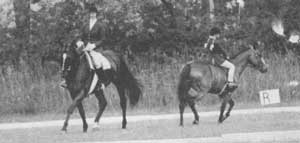 In the early 1980s, the show had grown to two days, and space limitations eased with the construction of the Walker Ring and Dust Bowl. Also during this time, the Central Vermont Dressage Association was created, and began to hold schooling shows and educational activities on the GMHA grounds, complementing the larger competition. Dressage Days gained its own weekend date in 1993, while swelling to four days, but down to four rings. The current three day format was adopted in 1999. The addition of a second USEF/USDF recognized Dressage Show occurred in 2006. The June Dressage Show quickly became a success, drawing nearly as many riders as Dressage Days. With both shows flourishing, scheduled for three days each, with between four and five rings of competition each day, GMHA has opted to add a third recognized dressage show in 2010. The Fall Dressage Show is held at the height of foliage season in October.
In the early 1980s, the show had grown to two days, and space limitations eased with the construction of the Walker Ring and Dust Bowl. Also during this time, the Central Vermont Dressage Association was created, and began to hold schooling shows and educational activities on the GMHA grounds, complementing the larger competition. Dressage Days gained its own weekend date in 1993, while swelling to four days, but down to four rings. The current three day format was adopted in 1999. The addition of a second USEF/USDF recognized Dressage Show occurred in 2006. The June Dressage Show quickly became a success, drawing nearly as many riders as Dressage Days. With both shows flourishing, scheduled for three days each, with between four and five rings of competition each day, GMHA has opted to add a third recognized dressage show in 2010. The Fall Dressage Show is held at the height of foliage season in October.
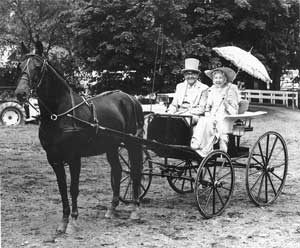 GMHA’s involvement with carriage driving began with the Horse Show, which offered carriage driving classes as early as 1927. Pleasure driving began in 1951 when drivers were invited to a 4th of July Buggy Ride. This early pleasure drive sent the horse and carriage out on trails (why let the riders have all the fun) to a lunch stop, and then back to the new GMHA grounds. This activity continued for several years as an informal, fun way for members to enjoy their driving horses. In the mid-1970s, driving began to take shape as a competitive sport in and of itself at GMHA. The 1975 schedule showed activities including a Driving Clinic and “Country Driving”. In 1976, a four day driving event, featuring clinics, lectures, pleasure driving, and a competition took place. This event, which proved to be popular, evolved over several years into GMHA’s Driving Classic, now in its 40 th year. At this same time in Hamilton, Massachusetts, the first Combined Driving Event was held, capturing the interest of many GMHA members. Sleigh Rallies emerge as an entertaining way to enjoy the long Vermont winter.
GMHA’s involvement with carriage driving began with the Horse Show, which offered carriage driving classes as early as 1927. Pleasure driving began in 1951 when drivers were invited to a 4th of July Buggy Ride. This early pleasure drive sent the horse and carriage out on trails (why let the riders have all the fun) to a lunch stop, and then back to the new GMHA grounds. This activity continued for several years as an informal, fun way for members to enjoy their driving horses. In the mid-1970s, driving began to take shape as a competitive sport in and of itself at GMHA. The 1975 schedule showed activities including a Driving Clinic and “Country Driving”. In 1976, a four day driving event, featuring clinics, lectures, pleasure driving, and a competition took place. This event, which proved to be popular, evolved over several years into GMHA’s Driving Classic, now in its 40 th year. At this same time in Hamilton, Massachusetts, the first Combined Driving Event was held, capturing the interest of many GMHA members. Sleigh Rallies emerge as an entertaining way to enjoy the long Vermont winter.
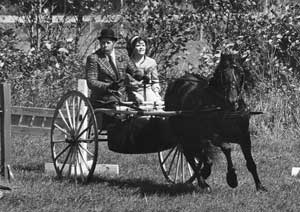 Throughout the 1980s, GMHA continued to host driving clinics, pleasure drives, and various types of driving competitions, including the Driving Classic. Many of the clinics began to work towards skills used in Combined Driving. In 1983, the first sanctioned Competitive Trail Drive in the country took place at GMHA, essentially bringing the thrill of distance competition on the trail to drivers. This new sport was born out of the enthusiasm of several GMHA members for both competitive trail riding, and driving. In 1989, prominent GMHA member Robin Groves began to host Wheel Runners, a monthly driving lesson series modeled after the Ridge Runners series for riders.
Throughout the 1980s, GMHA continued to host driving clinics, pleasure drives, and various types of driving competitions, including the Driving Classic. Many of the clinics began to work towards skills used in Combined Driving. In 1983, the first sanctioned Competitive Trail Drive in the country took place at GMHA, essentially bringing the thrill of distance competition on the trail to drivers. This new sport was born out of the enthusiasm of several GMHA members for both competitive trail riding, and driving. In 1989, prominent GMHA member Robin Groves began to host Wheel Runners, a monthly driving lesson series modeled after the Ridge Runners series for riders.
In 1994, GMHA hosted its first full Combined Driving Event, after several years of clinics and other competitions paving the way. The event caught on and quickly developed a following, with many local drivers going on to compete at the top levels of the sport, including Robin and Wilson Groves, Sue Rogers, Vivian Creigh, and Cheryl Rivers. In 2009, GMHA expanded the Driving Two-Phase competition to include an Arena Driving Trial, a hybrid of Combined Driving. Shaking up the format of the Fall Driving Classic has resulted in a recent surge in entries. Currently, at a time when several driving events are dropping from the calendar, GMHA is enjoying healthy entries and much enthusiasm, which we hope to see continue for many years.

